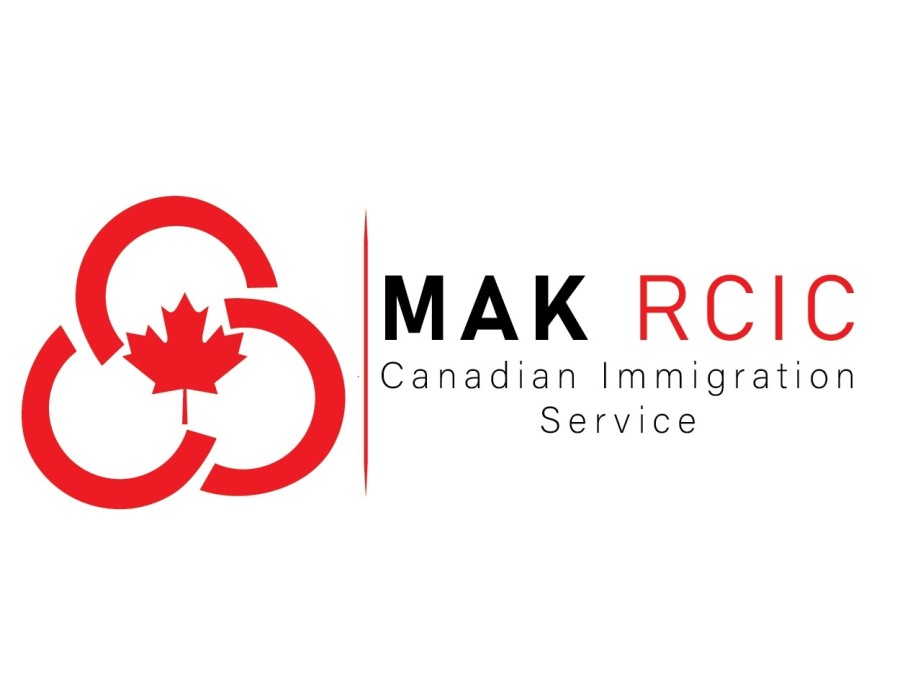Immigrating to Canada is an exciting step toward building a new life and career. However, one of the most common challenges newcomers face is converting their foreign education, training, and work experience into credentials recognized by Canadian authorities. This process is crucial because it affects your ability to find employment, apply for professional licenses, and qualify for immigration programs such as Express Entry or Provincial Nominee Programs (PNPs).
Below, we’ll take an in-depth look at how to navigate the process of converting your credentials and validating your professional experience so you can start your Canadian journey with confidence.
1. Understanding Why Credential Recognition Matters
Canada maintains high standards for professional practice and education. As a result, international qualifications often require assessment to determine how they compare to Canadian standards. This ensures that employers, licensing bodies, and educational institutions have a clear understanding of your skills and qualifications.
Credential recognition also directly influences your eligibility for immigration. For example, in the Express Entry system, applicants are awarded points based on their education level. To prove your foreign education, you must provide an Educational Credential Assessment (ECA) report from a recognized organization.
2. Step-by-Step Guide to Converting Foreign Credentials
Step 1: Identify Your Occupation’s Requirements
Before beginning the credential conversion process, determine whether your profession is regulated in Canada. Regulated occupations—such as engineers, doctors, nurses, and teachers—require you to be licensed by a provincial or territorial authority. Non-regulated professions, on the other hand, do not require a license, and employers have more flexibility in recognizing your experience.
To find out if your occupation is regulated, visit the National Occupational Classification (NOC) website or the Canadian Information Centre for International Credentials (CICIC) database.
Step 2: Obtain an Educational Credential Assessment (ECA)
An ECA is a mandatory document for most economic immigration programs. It verifies that your foreign degree, diploma, or certificate is equivalent to a Canadian credential. The Immigration, Refugees and Citizenship Canada (IRCC) department designates specific organizations to issue ECAs, including:
- World Education Services (WES)
- International Credential Assessment Service of Canada (ICAS)
- Comparative Education Service (CES)
- International Qualifications Assessment Service (IQAS)
- Medical Council of Canada (for physicians)
- Pharmacy Examining Board of Canada (for pharmacists)
Make sure to have your ECA issued before submitting your immigration application—it’s typically valid for five years.
Step 3: Verify Professional Licenses and Certifications
If your occupation requires licensing, you must apply to the relevant provincial or territorial regulatory body. The requirements can vary greatly, but they often include:
- Proof of academic qualifications
- Professional references
- Language proficiency (English or French)
- Work experience verification
- Successful completion of exams or additional training
Many regulatory bodies offer bridging programs to help internationally trained professionals meet Canadian standards. These programs combine academic upgrading, practical training, and mentorship to prepare you for local job markets.
Step 4: Validate and Translate Work Experience
Work experience plays a significant role in Canadian immigration and employment processes. To make your international experience count:
- Request reference letters from past employers that outline your duties, skills, and employment dates.
- Translate all non-English or non-French documents using certified translators.
- Align your experience descriptions with Canadian occupational standards—use the NOC codes as a guide.
Immigration authorities and employers value clarity, consistency, and verifiable documentation. Providing accurate and well-organized evidence can strengthen your case significantly.
3. Leveraging Provincial Programs and Support Services
Many provinces and territories have programs designed to assist skilled immigrants in recognizing their credentials faster. For example, Ontario’s Fair Access to Regulated Professions Act streamlines the process for many occupations. Additionally, most provinces fund career bridging programs and foreign credential recognition offices that provide personalized guidance.
If you plan to settle in a particular province, research local resources before arriving in Canada. They can help you prepare documentation, connect with employers, and access financial support for licensing fees or additional training.
4. Tips to Maximize Your Success
- Start Early: Begin your credential assessment process before submitting your immigration application.
- Stay Organized: Keep copies of all documents, transcripts, and letters in both digital and physical formats.
- Research Licensing Bodies: Each province has its own rules—ensure you apply to the correct one.
- Invest in Language Skills: Strong English or French proficiency enhances both your immigration score and employability.
- Seek Professional Guidance: Experts familiar with immigration procedures can help streamline your process and prevent costly mistakes.
5. Get Professional Assistance
The credential conversion process can be complex, especially if your occupation is regulated or you’re unsure where to start. Partnering with trusted immigration consultants like makimmigration can make the journey smoother. Their expertise ensures your documentation meets Canadian standards and your application strategy aligns with the latest immigration requirements.
Final Thoughts
Converting your foreign credentials and work experience for immigration to Canada is not just about paperwork—it’s about unlocking your professional potential in a new country. By understanding the process, preparing your documents carefully, and seeking expert advice, you can confidently transition your career and fully benefit from the opportunities Canada offers.





Comments